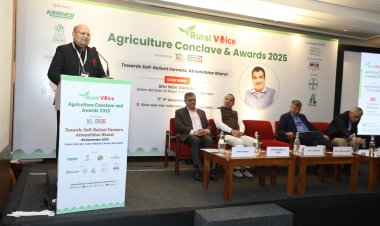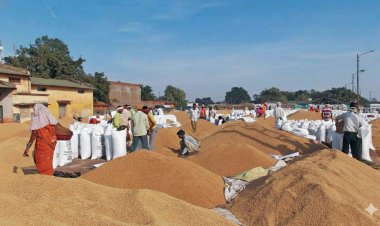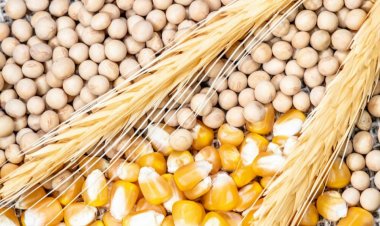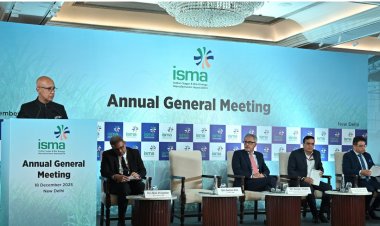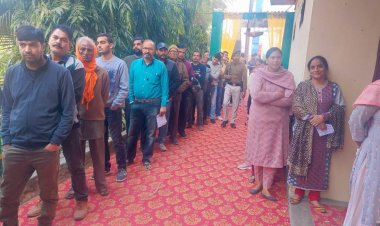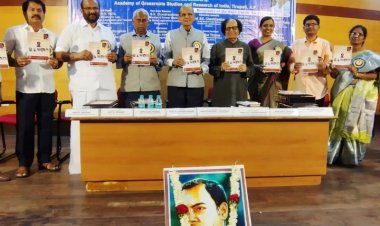Urea price reaches $1,200 and phosphoric acid $2,000; fertilizer prices may go up
According to fertilizer industry sources, companies are incurring losses even after the recent increase in DAP price to Rs 1,350 per bag (50kg). It seems almost certain in the present circumstances that the cut proposed in fertilizer subsidy by the government in the Budget for the current financial year will have to be rolled back.
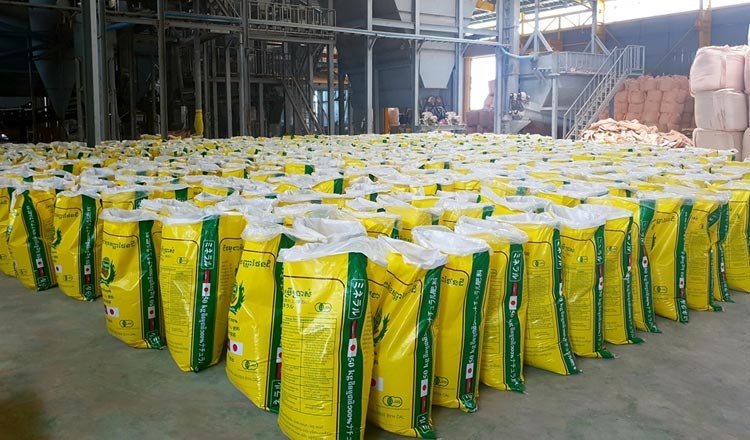
The Russia-Ukraine war has had an adverse impact on fertilizer supply. This is leading to a constant increase in prices and the farmers of the country may have to pay for this literally in terms of heavy prices. The price of urea, the fertilizer with the highest consumption in the country, has reached $1,200 per tonne in the international market. Besides, the price of phosphoric acid, which is necessary for Di-Ammonium Phosphate (DAP), has gone up to $2,025 per tonne. This has led to a possibility of an increase in the prices of urea and decontrolled fertilizers. Although most of the urea consumption in India is met by domestic production, about 50 lakh tonnes of urea has to be imported per annum.
According to fertilizer industry sources, companies are incurring losses even after the recent increase in DAP price to Rs 1,350 per bag (50kg). It seems almost certain in the present circumstances that the cut proposed in fertilizer subsidy by the government in the Budget for the current financial year will have to be rolled back. Fertilizer industry sources told Rural Voice that the price of imported DAP came to Rs 80,000 per tonne at present. The government grants a subsidy of Rs 33,000 per tonne on DAP. Which is insufficient. The companies may have to incur huge losses despite increasing the DAP price to Rs 1,350 per bag. Therefore, the industry has its eyes on the government as to the amount of increase the latter brings about in the subsidy. The government grants subsidies on decontrolled fertilizers under the Nutrient-Based Subsidy (NBS) scheme. The subsidy rates are announced every year under this scheme. The government is yet to announce the rates for the current year. Ideally, these should have been announced from April 1. In absence of the new rates, several companies are slowing down on the supply of fertilizers, especially that of DAP, in the market. DAP and other complex fertilizers fall under the NBS scheme. Their prices are determined by the respective companies.
Urea has a 67 per cent share in the total fertilizer consumption in the country. At present, the urea prices are fixed by the government. While the 50kg urea bag is priced at Rs 268, the 45kg one sells at Rs 242. The price of urea comes to more than Rs 90,000 per tonne on the basis of the recent prices in the international market while that for the farmers in the country comes to only Rs 5,360 per tonne on the basis of the current government prices. Given this situation, if the government does not take upon itself the burden of the subsidy due to the high prices, the price of urea may go up for the farmers. According to industry sources, the government has made some urea deals at substantially low prices in the recent past and may get the advantage of this stock.
The government has been forced to increase subsidies for the past one year due to the massive spike in fertilizer prices. Last year, the companies had increased the prices of DAP and NPK fertilizers in the month of April. Subsequently, the government had made a huge increase in subsidies in June, giving additional subsidies to DAP and three categories of NPK-based complex fertilizers. Despite this, however, the prices of the three categories that got subsidy increment, too, had gone up to Rs 1,450-1,470 per bag, which was earlier priced at less than Rs 1,100.
Owing to a constant increase in raw material prices in the global market, companies increased the price of DAP from Rs 1,200 to Rs 1,350 per bag a week ago. But if the government does not raise the subsidy, the prices are bound to increase. Barring the three variants of NPK complex fertilizers which had got an additional subsidy along with DAP, the companies have raised the prices of some of the variants to Rs 1,950 per bag.
Urea is emerging as the biggest challenge before the government. It was priced at $229 per tonne in 2020. About six months ago in October, it was priced at $695 per tonne, which went up to $1,200 per tonne in the global market on 23 March 2022. Only a week earlier, urea was priced at $900 per tonne on March 16.
The urea consumption season has not started at present because the sowing for the next Kharif crop will start in June. The government thus has the chance to ensure the necessary availability of fertilizers before it gets too late. During the sowing for the Rabi season, farmers had to face a massive scarcity of DAP. The scarcity had then been caused by the ban on DAP exports by China and the sanctions imposed on Belarus by the European Union (EU). But this time the Russia-Ukraine war that has been going on for more than a month has badly affected the supply from Belarus and Russia, the two major fertilizer exporters, and the prices are constantly going up.
Not only India but also countries like the US and Brazil that are major agricultural producers and fertilizer consumers are going through this supply crisis. Domestic industry sources say that the government is assuring the industry support on the rising prices, but no decision has yet been made on the NBS subsidy rates, which in turn affect the prices of the decontrolled fertilizers.
As far as urea price is concerned, the entire burden falls on the government in its case in the form of subsidy as the price is controlled by the government. Amidst these circumstances, it should not come as a surprise if fertilizer availability gets affected in the coming days. According to industry sources, a number of companies have restricted the supply of fertilizers like DAP in the market.



 Join the RuralVoice whatsapp group
Join the RuralVoice whatsapp group


















